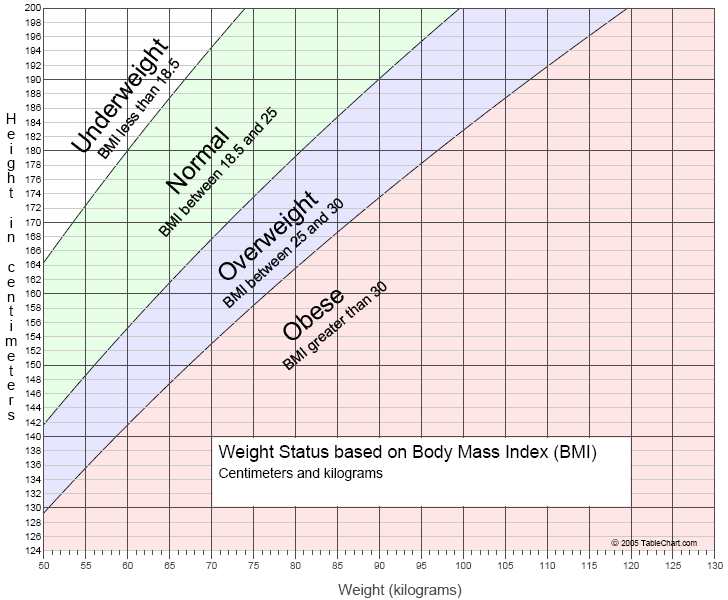OK, last time I stop at protein intake and today I'm going to continue on alcohol intake.
4. Alcohol Intake
- I understand that this topic can be a little bit sensitive as not all of us drink alcohol but just take this extra knowledge and
don't worry, it will not bring any harm:) - A person with diabetes can still enjoy alcohol but they have to limit it to 2 drinks for men, 1 drinks for women per day (1 drink = 15g alcohol)
- 1 drink = 360 ml beer, 150 ml wine, 45 ml hard liquor
- Alcohol intake should be accompanied with meals to prevent hypoglycemia especially patient that is on insulin. This is because alcohol can blocks gluconeogenesis (sugar making) in the body and increase effect of insulin.
5. Weight Control
- Patients that are overweight or obese are advised to lose weight.
- The process does not have to be very drastic, it should be done slowly to ensure the patient can maintain the achieved-weight for long time.
- The patient should try to lose 5-10% of initial body weight in first 6 months
- This can be achieved with proper diet and sufficient physical activity.
- Patients are advised to do at least 150 minutes of exercise per week. It doesn't have to be continues, the patient can divide it 30 minutes a day. The 30 minutes/day can also be divided to 10 minutes per session. Eg.: walking and cycling.
- They are also advisable to do restraining-exercise at least twice a week such as the uses of gym balls or dumbbells.
- Patients that have complication in their body should ask the dietitian in any hospital or local health center about the suitable physical activity that can be done.
6. Self-monitored Blood Glucose
- The blood glucose result and diet recall are the most important indicator for dietitian to evaluate patient's performance.
- Glucose test should be done 3-8 times/day by patient to monitor the adequacy of insulin doses, food intake and physical activity.
Alright, all of this is only brief explanation about the Type 2 Diabetes Mellitus that I can share. I hope this can give all of you some basic understanding in Type 2 Diabetes Mellitus's diet..








